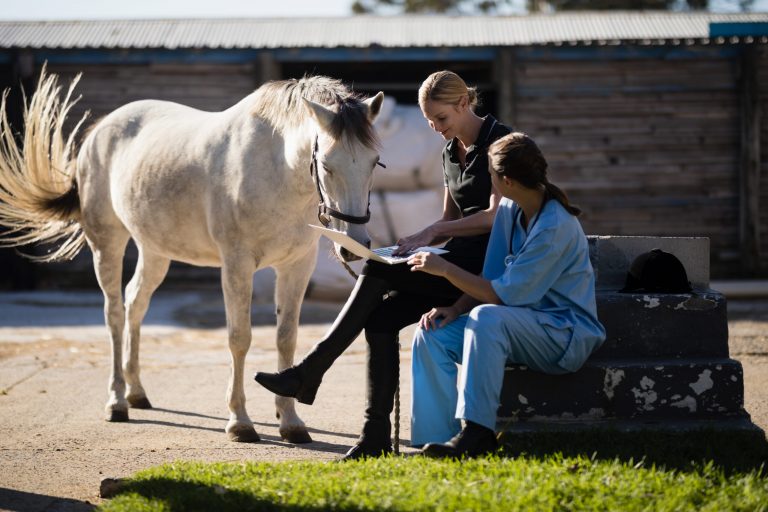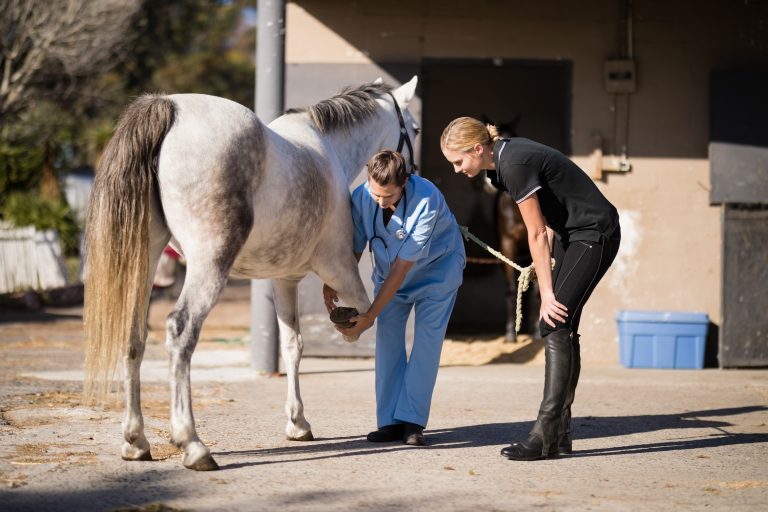
Wounds over a synovial structure require special evaluation. Some wounds might be obviously leaking synovial fluid whereas others are in proximity to a joint, bursa or tendon sheath without an obvious way to determine whether the synovial structure has been penetrated or contaminated. At the 2019 AAEP Convention, Jacqueline Hill, DVM, DACVS-LA, of Littleton Equine Medical Center, presented practical information on how to determine synovial structure involvement of a wound in the field.
Ultrasound, especially with a linear 7.5 MHz probe covered with a sterile sleeve, is used to view a clipped and cleaned wound. She said to make sure to ultrasound the wound before a probe has been inserted as that might introduce air artifacts. Gas or fluid lines visualized on ultrasound delineate a puncture tract that could have entered a synovial structure. Imaging signs that might indicate synovial penetrance: increased synovial fluid, gas echoes, thickened synovial membrane, fibrin and/or an irregular bone surface.
A radiographic examination is best focused on surrounding soft tissue structures rather than bone. Gas opacities within a synovial structure tend to collect in more proximal recesses. Radiographs can be taken with a probe in place to demonstrate depth and location of a wound tract.
Synoviocentesis using aseptic technique obtains synovial fluid for analysis. The needle is best inserted in a site that is not directly over or within the wound or involved with cellulitis. The fluid is put into an EDTA-blood collection tube, and cytology is examined in the lab. Gram staining a slide of the fluid helps identify bacteria to check for sepsis.
Contrast radiography can help outline a wound tract—this procedure is done after a synovial fluid sample has been taken. Saline can first be injected to distend the wound. If saline leaks out without the structure accepting pressurization, it is likely that the synovial structure has been breached. Contrast material is used to perform an arthrogram, with the needle left in place but capped to prevent leakage of the dye while obtaining images. Some prefer to inject contrast material directly into the wound then radiograph; however, there is a risk of forcing contamination into deeper tissues and the dye does not always follow the exact wound path.
The use of blood SAA is most valuable for an older synovial wound, but that must be interpreted with caution, as soft tissue inflammation or cellulitis cause this parameter to elevate due to inflammation.








